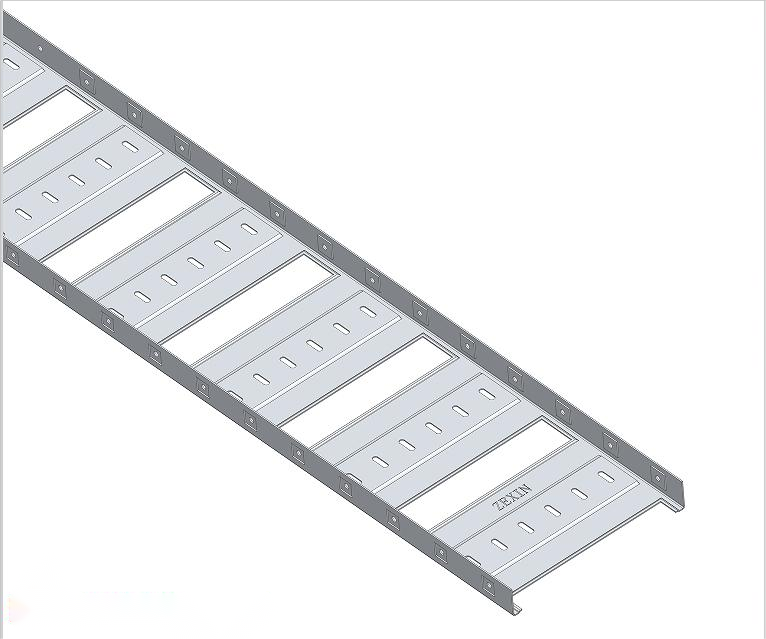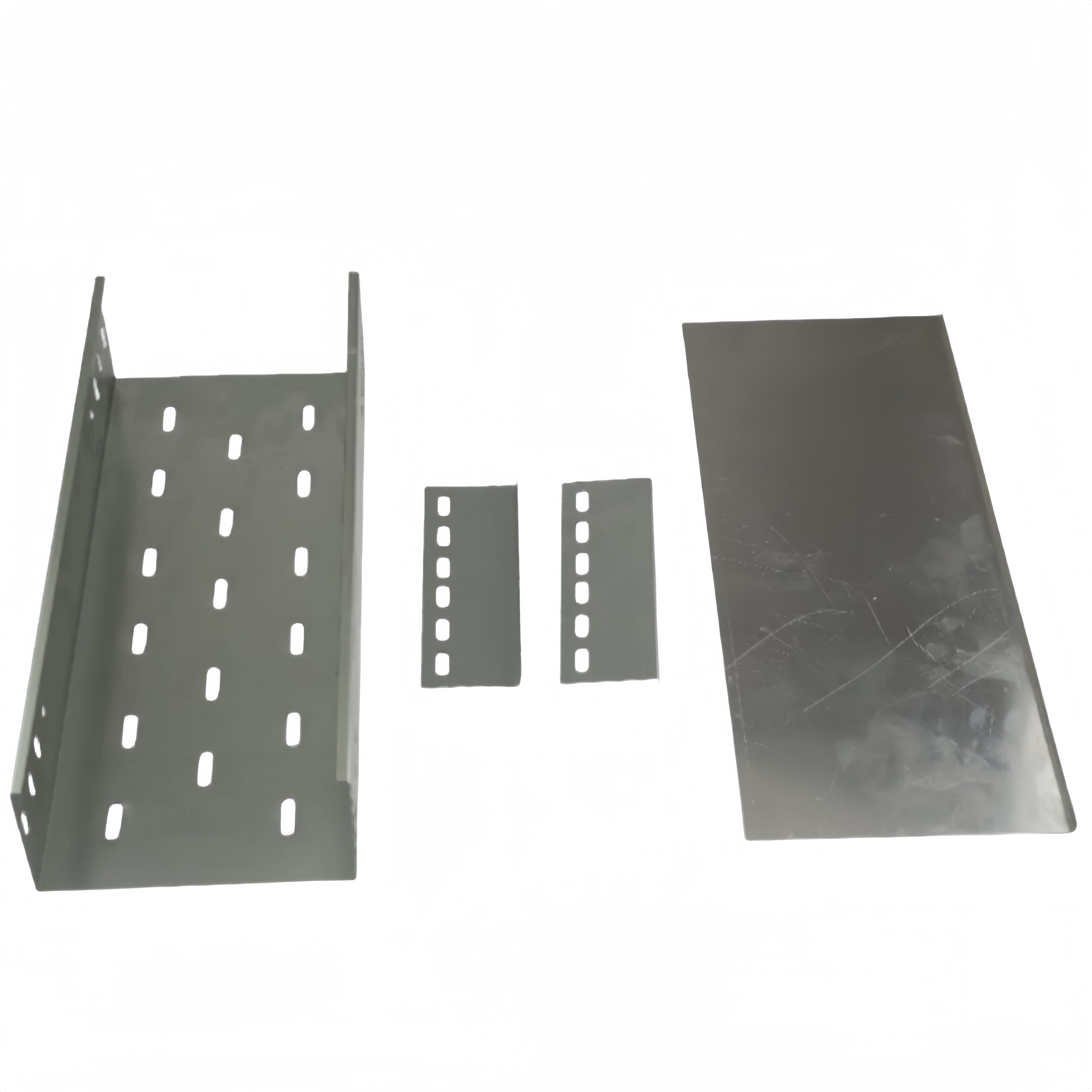Aluminum cable trays, an integral part of contemporary electrical infrastructure, are specifically engineered to provide a secure, orderly, and adaptable platform for housing and routing cables in various settings. The primary focus of this article is to delve deeply into the material composition of aluminum cable trays – its properties, advantages, and why it stands out as a preferred choice among numerous materials used for cable management systems.
1. The Material Core: Aluminum
At the heart of aluminum cable trays lies the material itself – aluminum, a chemical element represented by the symbol Al and atomic number 13. Aluminum is a nonmagnetic, silver-white, lightweight metal that exhibits excellent conductivity, both thermal and electrical, making it highly suitable for cable management applications.
2. Properties of Aluminum for Cable Trays
Lightweight: Aluminum boasts one of the lowest densities among metals, reducing the overall weight of the cable tray system. This lightness simplifies handling during installation and minimizes the stress on supporting structures.
Strength and Durability: Despite being lightweight, aluminum maintains considerable strength through alloying processes. High-strength aluminum alloys used in cable trays ensure they can withstand mechanical loads and resist deformation under normal operating conditions.
Corrosion Resistance: Aluminum naturally forms a thin, protective oxide layer when exposed to air, rendering it resistant to rust and corrosion. This property is especially beneficial in humid, saline, or chemically aggressive environments, ensuring the longevity of the cable tray system.
Thermal Conductivity: Aluminum dissipates heat efficiently, which helps in maintaining optimal cable temperatures and preventing overheating issues, thereby prolonging cable life and enhancing system safety.
Electrical Conductivity: Although not a primary function in cable trays, aluminum’s good electrical conductivity contributes to better earthing and lightning protection measures.
Recyclability: One of the most environmentally friendly metals, aluminum is 100% recyclable without losing its original properties. This aspect aligns well with sustainable development goals and green building practices.
3. Manufacturing Processes
Aluminum cable trays are usually fabricated using either extrusion or welding methods. Extruded aluminum cable trays are formed by pushing heated aluminum billets through dies to create the desired shape, while welded trays involve joining pre-formed aluminum sections together. Both methods result in strong, precise, and customizable cable trays suited for various industrial, commercial, and residential applications.

4. Aluminum Alloys Used
Different grades of aluminum alloys are employed in cable tray production to enhance specific properties. Some commonly used alloys include 6063-T5 (for its formability and corrosion resistance), 5083-H116 (for marine environments), and 6061-T6 (for its strength and weldability). Each alloy offers a unique balance of properties tailored to meet the demands of diverse project requirements.
5. Comparative Analysis with Other Materials
Compared to steel and other cable tray materials, aluminum presents several advantages, including lower weight, superior corrosion resistance, and easier installation. While steel might offer greater strength in certain scenarios, the additional weight and susceptibility to rust can increase installation complexity and lifecycle maintenance costs.
Conclusion
The material selection of aluminum for cable trays is a strategic decision that considers multiple factors, including performance, durability, safety, and sustainability. With its unique blend of properties, aluminum proves to be a resilient and versatile solution that caters to the complex and evolving needs of today’s electrical infrastructures. As we continue to push the boundaries of technology and sustainability, aluminum cable trays will undoubtedly maintain their position as a go-to choice in the realm of cable management systems.

